
The first emblematic species sequenced by the Hong Kong Biodiversity Genomics Consortium are published to coincide with International DNA Day.

The first emblematic species sequenced by the Hong Kong Biodiversity Genomics Consortium are published to coincide with International DNA Day.

*A multitude of papers on novel methods for Spatial Omics are published in a cross-journal series launching today in GigaScience and GigaByte Journals. * Spatial Omics is a new field that is taking large-scale data-rich biological and biomedical research into new dimensions. Which is having a significant impact on the fundamental fields of biology and biomedicine.

PAG (Plant and Animal Genomes conference) returned to the Town and Country resort San Diego for its 31st installment this January (Jan 12-17, 2024), bigger and better than ever before! The GigaScience Press team are regular attendees of the meeting (see last years write-up), and this year members of our Editorial and Curation teams joined nearly 3000 delegates from over 60 countries.
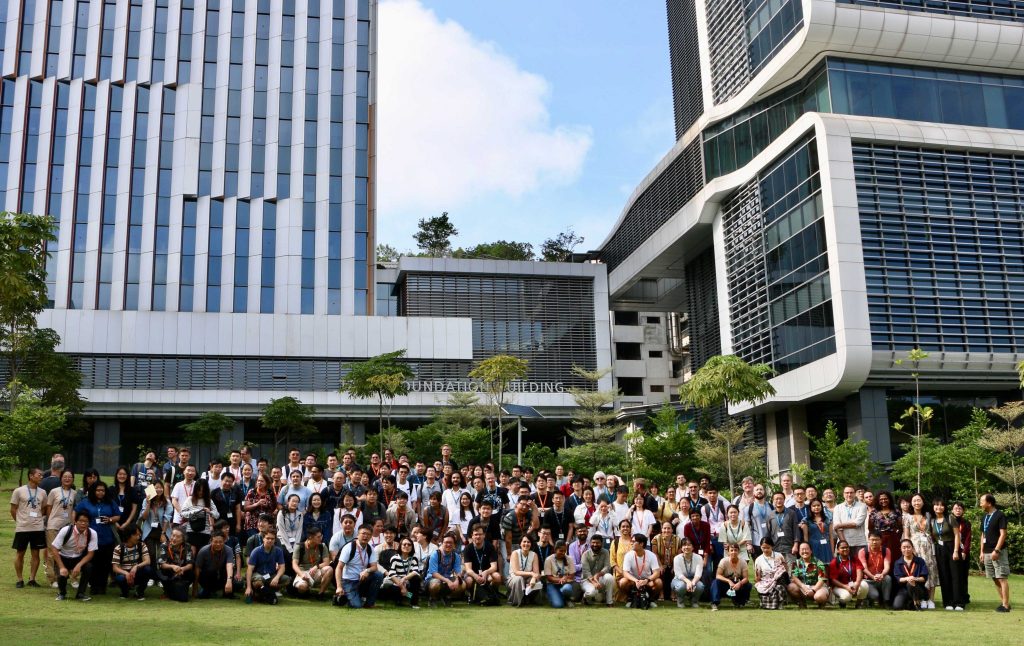
In the beginning GigaScience was at the first AsiaEvo conference, which took place in Shenzhen, China in 2019. Back then, the chair of the first AsiaEvo Conference, Guojie Zhang (longtime friend and board member of GigaScience ) said of the history of the AsiaEvo meeting series:
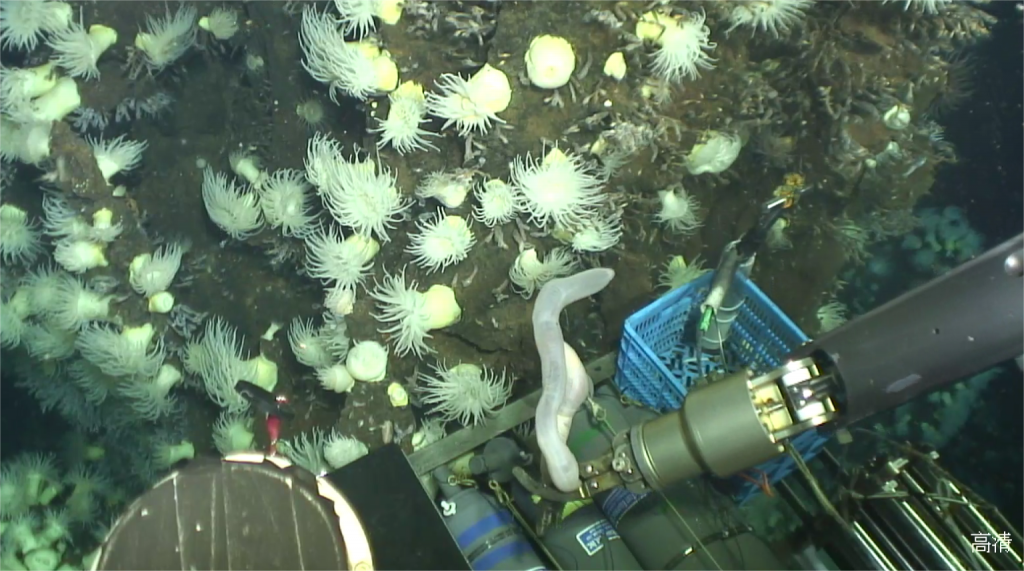
We start the new year with news from the deep, published in GigaScience : The genome of a sea cucumber, collected at a depth of 2400 m during a submarine trip to a hydrothermal vent, helps scientists to understand how marine animals can survive in extreme conditions. Hydrothermal vents are an unlikely environment for animals to flourish.
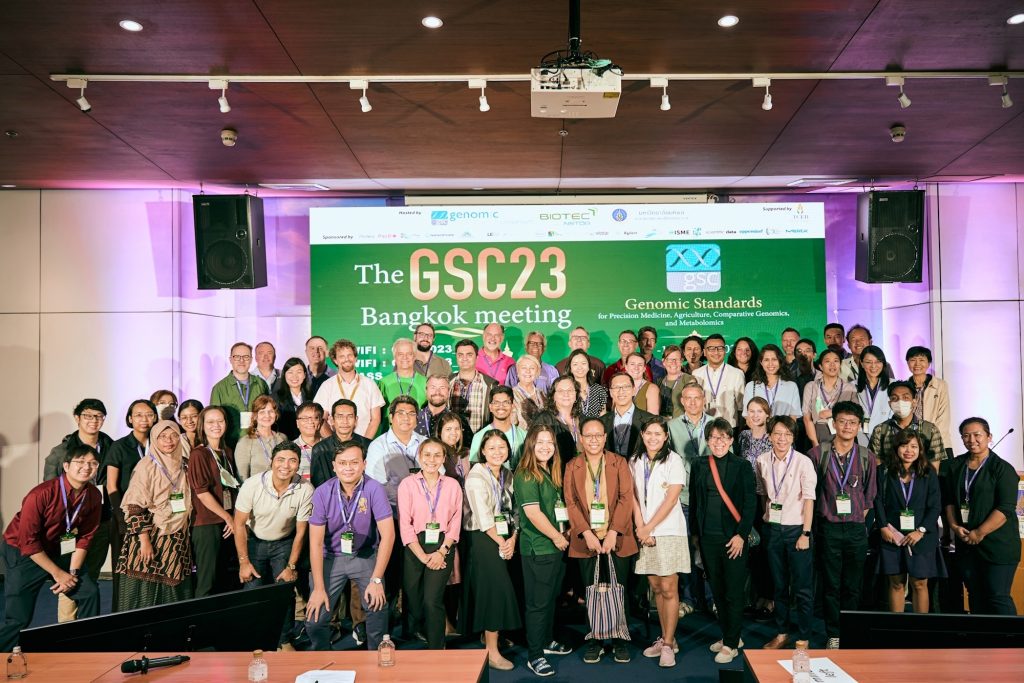
The GSC23 international meeting was held in Bangkok, Thailand earlier this month (Aug 7-11th) and here we have an overview of this meeting. The Genomic Standards Consortium (GSC) is a volunteer-run non-profit organization set up nearly 20 years ago. At a time when “genomic” researchers were painstakingly producing near-complete genomes of just a few organisms.
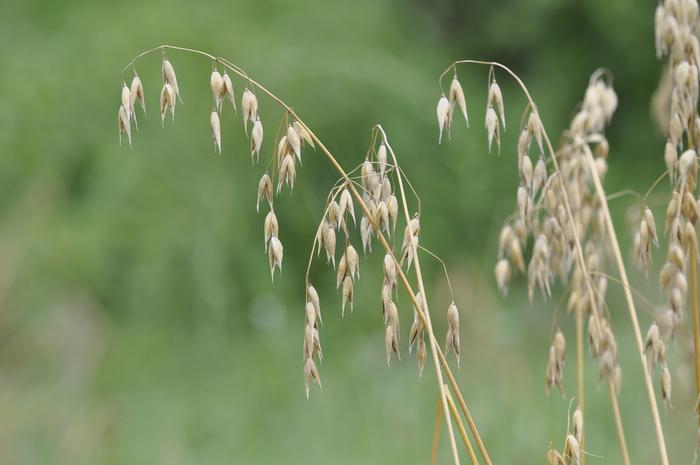
Oat is among the top ten cereal crop species in terms of global production. It can adapt to different climates. Farmers grow it successfully even in harsh environments where other crops such as rice and corn fail. However, not all oat plants are the same. Based on their grains, two major oat varieties can easily be distinguished: Grains of “hulled oat” are covered in a non-edible husk.

This week in GigaScience , Hasindu Gamaarachchi and colleagues published a paper on their HARU solution for selective sequencing, to be used alongside the handheld (“tricorder” like) Nanopore MinION device . With the MinION, it is possible to kick out all non-target DNA strands before they are processed through the device’s pores, thus selectively sequencing specific target regions of the genome.
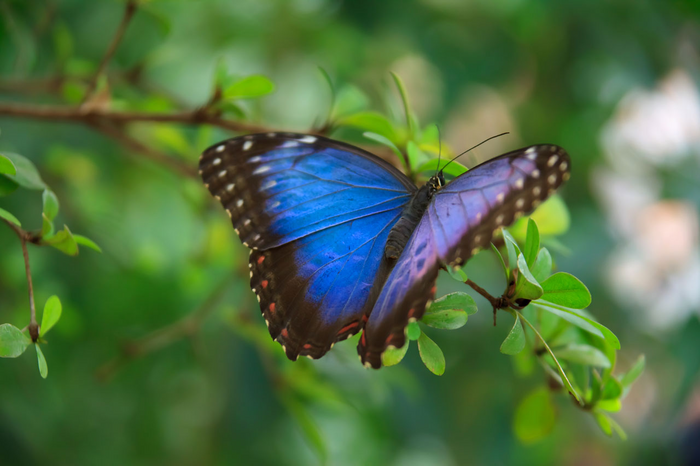
Morpho butterflies are emblematic species of the Amazonian rainforest known for their metallic shades of blue and green. Despite their conspicuous looks and fascinating biology, large-scale genome sequencing efforts have somewhat neglected them – until now.
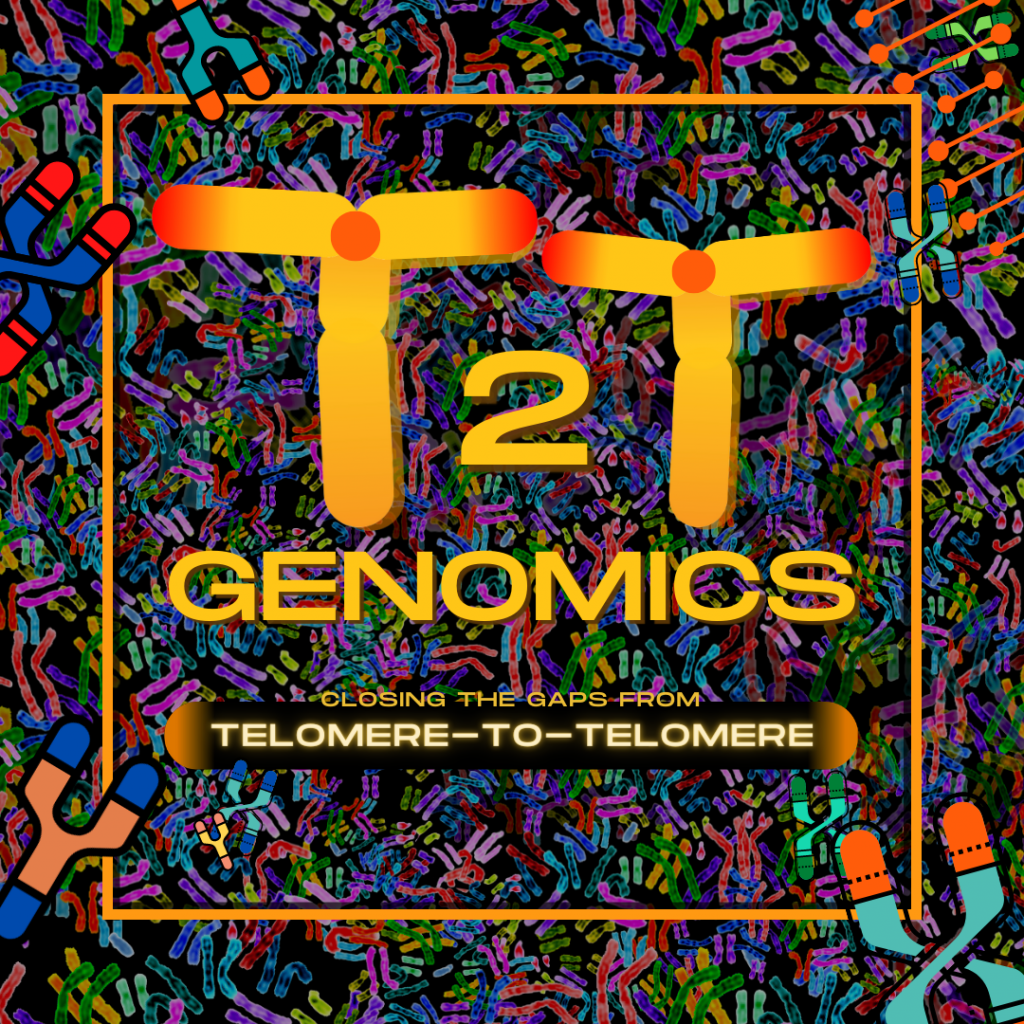
*Series Editors: Jue Ruan (Agricultural Genomics Institute at Shenzhen, Chinese Academy of Agricultural Sciences) and Fritz J Sedlazeck (Human Genome Sequencing Center, Baylor College of Medicine) * While the first draft of the Human Genome was announced back in June 2000 and declared complete in April 2003, it took 20 years for the publication of the first complete, gapless sequence of a human genome in March 2022.